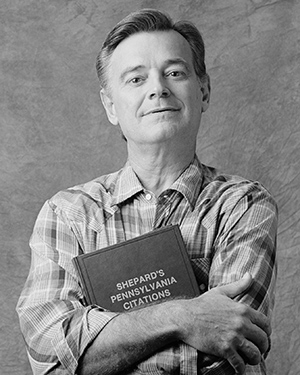In Memory of Joseph “Jazz” Hayden
Jazz was a driving force for ending the disenfranchisement of incarcerated people and a powerful ally in our efforts to combat prison gerrymandering.
by Peter Wagner, January 12, 2024
On Saturday, January 6, voting rights pioneer and Prison Policy Initiative Advisory Board member Joseph “Jazz” Hayden passed away. He will be missed.
While Jazz Hayden was incarcerated in New York State, he developed a lawsuit arguing that the New York State’s disenfranchisement of incarcerated people violated the federal Voting Rights Act. He filed the first version of this lawsuit himself, and after his release, he recruited the NAACP Legal Defense Fund to take the case, then called Hayden v Pataki. While not directly successful, the lawsuit sparked a public movement and led to New York restoring the right to vote to people on parole. (New York restored these rights by executive order in 2018 and then by law in 2021.)
I first met Jazz at a conference in the summer of 2003, shortly after I published our first report on prison gerrymandering, Importing Constituents: Prisoners and Political Clout in New York. Jazz was a powerful and helpful ally. Building on his work to end disenfranchisement of incarcerated people, he often talked about how barring incarcerated people from the polls was related to but distinct from the implications of counting incarcerated people in the wrong location for the purposes of redistricting. Both problems reduce the political power of communities of color and further encourage more prison expansion; but the solutions were separate. At the early stages of both movements, it was invaluable to have Jazz’s endorsement on our Advisory Board to help us explain the relationship of these two issues to our growing list of allies and supporters.
Jazz had other impacts on the criminal legal system and it seems fitting to highlight one of his lesser-known but long-lasting contributions. And through his campaign against police brutality in New York City — which will surely be chronicled by others — Jazz developed a lot of camera skills which he applied to our 2005 report about the for-profit video “visitation” industry. With his efforts, we were able to take the first steps towards successfully convincing the public and policymakers that grainy, glitchy video chats could not be considered a replacement for in-person visits in prisons and jails. That industry’s growth has been slowed, and in early 2023 Congress gave the Federal Communications Commission formal jurisdiction over the industry.
I encourage you to also read this statement from the Legal Defense Fund, which highlights more of Jazz’s important work.
We’ll miss you Jazz.












